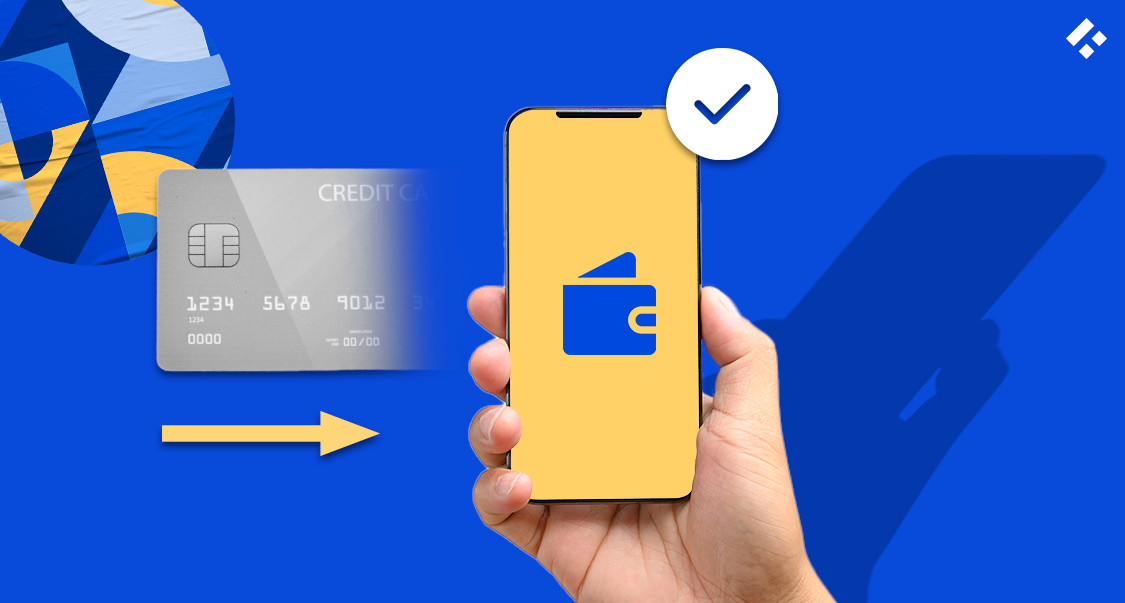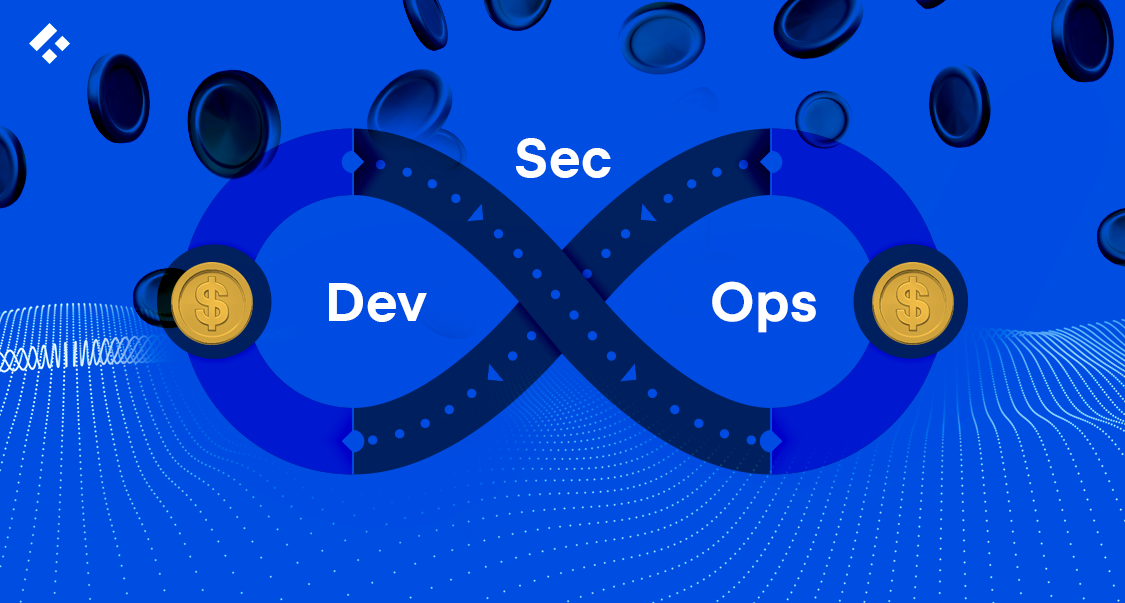Fintech is changing quickly, and there are several mobile fintech solutions that are playing a big role in how industries like banking and payments conduct their business.
As new solutions come out, users and investors adapt their expectations. This means that, in order to stay relevant, you need to adapt.
Let’s look at the top mobile fintech solutions and the challenges shaping the fintech landscape and changing the way people handle their money, as well as what they may expect from future fintech apps.
These mobile fintech solutions include:
- Digital wallets, like Apple Pay and Google Pay
- Mobile payment platforms, such as Stripe and Square.
- Peer-to-peer (P2P transfers), like Venmo and Cash App
- AI-based personal finance tools, like You Need a Budget (YNAB)
- Robo-advisors and automated investment platforms, like SoFi and Wealthfront
- Blockchain and crypto solutions, like Coinbase and Binance
- Digital-only neobanks, like Chime and Revolut
- Embedded finance and APIs, like Plaid
- Mobile lending and credit solutions, like Avant and Upstart
- Security and KYC technologies
- Cross-border and remittance services, like Wise and Remitly
Whether you’re a fintech startup working on your MVP or a developer trying to figure out what skills you’ll need to get started in the industry, understanding the latest fintech solutions is essential.
If you are interested in fintech development of your own, you are in the right place. At Trio, we focus on fintech development. This specialized approach to software development has allowed our developers to curate the necessary knowledge and skills required to create high-quality, compliant applications.
If you are interested in scaling your fintech development team through staff augmentation or outsourcing, we can help you build a custom, cost-effective development approach and connect you with the right developers for your needs.

Discover Trio's Success Stories
See how Trio contributed to the growth of our partners and discover the potential of our team
What are Mobile Fintech Solutions
Mobile fintech solutions usually refer to mobile apps, but can be any sort of app, software, or platform that can be used on a mobile device and allow users to access some sort of financial services.
Think of the kinds of apps that let you manage money, transfer it between accounts or between users, and even access personalized financial advice.
By the end of 2023, almost 70% of the world had a smartphone. The fact that you can carry one around with you all the time makes it the go-to device for most people, and with the rise of technologies like the Internet of Things (IoT), there are fewer areas that struggle with network connectivity.
All of these factors make mobile fintech solutions a must-have for firms designing their own products.
However, the widespread use of mobile fintech solutions also means faster innovation, which means you need to adapt at a faster pace than you would have before.
Top 10 Mobile Fintech Solutions
Let’s take a closer look at some of the top mobile fintech solutions that are changing user and investor expectations to pave the road forward in the industry.
1. Digital Wallets and Mobile Payments
Users want to make payments with as little friction as possible, and platforms like Apple Pay, Google Pay, PayPal, and many more have made that possible.
Not only do these platforms offer contactless payments, but many of them have started integrating loyalty programs. The most popular digital wallets (and really the only ones that survive) implement incredible security, utilizing methods like encryption and tokenization, so users also feel their money is safer than ever before.
All of this means users don’t need to carry around cash or even physical cards anymore. This level of convenience and security is something to pull from for your own solutions.
2. Peer-to-Peer (P2P) Payment Platforms
What if you want to pay another person, instead of a business with a dedicated payment method available? Venmo, Zelle, Cash App, and many other platforms now enable these P2P transactions almost instantaneously.
They do not make use of traditional banking infrastructure, but they don’t need to for the limited services that they provide. This makes them ideal for splitting bills, sending gifts, and sometimes even paying rent with a level of convenience that legacy banking systems just cannot provide.
3. AI-Powered Personal Finance Management Tools
AI is taking the world by storm at the moment, and personal finance is no different. A variety of platforms have used AI and ML (machine learning) models to look at large quantities of data and analyze it in real time in order to provide instant financial insights.
These tools help users track their spending and set budgets in their most basic forms, but many of them are evolving to help users make other financial decisions through the platform’s recommendations.
4. Robo-Advisors and Automated Investment Platforms
Wealthfront, Betterment, and Stash are all examples of what AI automation and machine learning can do on a larger scale. In these cases, investment management can be largely automated, which means the firms don’t need to pay as many people, and ultimately, the users deal with lower costs.
The result has been that entry-level financial advisory is available to more people, who may not have been able to afford previous pricing requirements.
The advanced algorithms can also be incredibly accurate as they assess more data than humans are able to, and are able to make unbiased recommendations, provided that they have been trained correctly, taking into account factors like user risk tolerance and goals.
5. Blockchain and Crypto-Powered Solutions
Blockchain is the driving force behind most crypto wallets and crypto exchanges like Coinbase and Binance. These platforms allow users to move money around instantly, securely, and transparently.
All three of these are greatly valued in the world of finance.
Moreover, these platforms are being marketed as an alternative to large, traditional financial systems. While there is still much work to be done on them, and many people are still unsure about the future of blockchain and cryptocurrency, these solutions are still making waves.
6. Digital-Only Neobank Platforms
Gone are the days when you needed to walk into an actual bank. Instead, neobanks like Chime and Revolut are now offering full-service banking through their mobile apps.
The lack of physical location has allowed these platforms to cut costs drastically. Many of them are also implementing alternative monetization models, so they can offer services like no-fee accounts.
Many of these neobanks offer a wide variety of services, just like you can expect from a traditional branch, with features like early direct deposits and high-yield savings accounts being particularly popular.
7. Embedded Finance and APIs
Embedded finance solutions and APIs allow non-financial platforms to make use of financial services by partnering with another company offering a product that facilitates this.
Think of how e-commerce platforms make use of Plaid or Stripe to accept payments.
Usually, their APIs enable seamless connections between apps, allowing payments to occur instantly. They also make use of security features like identity verification and take care of regulatory concerns regarding data on their end.
8. Mobile Lending and Credit Solutions
Loans used to be limited to a very select group of people, like those who had developed a traditional credit score. However, mobile lending and credit solutions like SoFi, Avant, and Upstart have taken advantage of a clear market gap.
These platforms offer instant loan decisions and often make use of AI-powered algorithms for risk management, allowing them to leverage data from alternative sources to figure out a non-traditional credit score of sorts.
The financial inclusion promoted by these firms marks part of a larger trend, also being facilitated by neobanks and similar groups.
9. Biometric and Secure Mobile Payment Technologies
With ever-evolving technology comes ever-evolving threats. Some of the latest solutions to try to keep users’ private information and money safe include biometric authentication.
Fingerprint scans and facial recognition have been very popular in the last few years, and have crept into fintech mobile apps.
Now, most people open their banking apps or digital wallets using one of these options, with a backup password, in an attempt to prevent fraud.
Fintech mobile apps don’t succeed if users don’t trust them, and this focus on security is a big part of building trust.
10. Cross-Border and Remittance Services Platforms
Globalization cannot be ignored. With more people purchasing items from other countries, or perhaps even hiring remote staff, services like Wise, which offer cost-effective, secure international payments, are doing very well.
These services can cater to large enterprises or individuals, and some offer different pricing models based on usage and factors like transaction times to increase inclusivity and target larger markets.
Benefits of Mobile Fintech Solutions
The benefits of mobile fintech solutions are truly incredible.
As you’ll have gathered by this point, convenience is the name of the game. When you can access financial services anywhere with the touch of a few buttons, these apps become incredibly attractive.
However, most users are more attracted to the lower fees associated with these mobile fintech solutions. These reduced fees allow people who would never have been able to afford access to these services a cost-effective option without all the bells and whistles they never would have used.
Inclusivity, without sacrificing important factors like security and overall trustworthiness, has led to massive financial success for fintech firms offering these technologies, even with alternative monetization strategies.
What Challenges Do Fintech Companies Face?
Regulatory scrutiny is one of the biggest hurdles most fintech firms face when creating mobile solutions. As fintech companies handle more sensitive financial data, governments and regulatory bodies are increasing oversight to ensure consumer protection and data security.
In our experience, these regulatory challenges particularly come about when poor risk management has failed to prepare for scaling internationally.
Cybersecurity threats are another worry. As cyberattacks continue to target smaller firms that may not have the massive security measures put in place by traditional institutions, startups are being forced to cough up more money to protect user data and maintain trust.
This includes implementing encryption, multi-factor authentication, and continuous monitoring for vulnerabilities.
Competition in the fintech space is also intensifying. Startups and established tech companies are vying for market share, pushing fintech firms to innovate continuously.
They must develop new products, improve existing services, and expand into new markets to stay ahead.
Scaling operations is another challenge. As fintech companies grow, they must ensure their systems can handle increased demand without compromising service quality.
This requires attracting and retaining top talent, maintaining a high level of innovation, and delivering a superior customer experience.
It can be difficult to find developers with the right expertise to guarantee your success. It is even more difficult to find these developers at affordable rates.
Here at Trio, we offer affordable development services without compromising on quality. Our expertise in mobile development and the Fintech sector also ensures that you get high-quality outputs that will put you at the forefront of the industry.
For more information on our development processes and how we can align with your cultures and values, reach out to us to schedule a free consultation.





